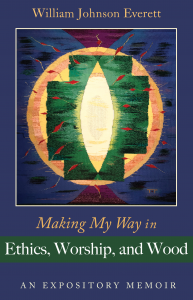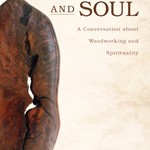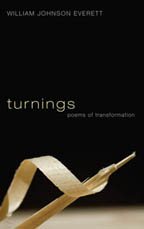We just spent three days in Fairhope, Alabama, a remarkable town on the eastern shore of Mobile Bay founded a little over a century ago by disciples of the “single tax” philosophy of Henry George. We walked among the giant live oaks that line the streets, admired the tulips, dusty miller, and pansies in the street planters, and took in the view of Mobile Bay from the bluff in front of the small cottages and stately old homes that nestle in among the massive oaks. They had just had their Mardi Gras parade, something that gets passed around for two weeks before Lent so every small community can have its own. The town’s trees, lampposts, signs, gates, and statues were festooned with beaded necklaces and iridescent masks. We stopped in a local bookstore and artists’ supply to have a coffee while people wandered in, greeted each other, and lingered for conversation with each other and with us. People went out of their way to be gracious and express their interest in our presence. If we had stayed another day or two, we would probably have made the local paper.
The town is proud of its “cooperative individualism,” which it inherited from the followers of Henry George. George believed that concentration of land ownership was at the heart of poverty and social injustice. His solution was to eliminate all taxes save those on land, which, he believed, belonged to the people in common. The fruits of their labor should be untaxed, in order to encourage their industry. The taxes from land could then be put to the common good of the people. While there were many problems with his theory, it had widespread influence among reform movements, among them this little utopian colony in southern Alabama. While its experiment in single-tax municipal practice has dwindled to the work of a local non-profit corporation, it has created over the years a community with remarkable vitality, cooperative spirit, and intellectual liveliness. It has attracted artists, writers, craftspeople and intellectuals, as well as people committed to the “cooperative individualism” of this movement.
Today, Fairhope (“it has a fair hope of success,” they said in 1894) has experienced a revitalization of its infrastructure that has yielded a first-rate arts center, a 160,000 volume library in a spacious building, a civic center, a community college, a local history museum, a town horticultural program, a public art program, and many other voluntary initiatives.
For those of you who may cast a baleful eye on Alabama and its politics, “come on down” and see what startling variety exists everywhere when you penetrate the stereotypes and discover gems like Fairhope. Don’t be surprised if you hear more from us about this fair community of 17,000. Especially in mid-winter!
In my next entry I’ll report on our trip along the Gulf Coast to the Louisiana border. Check back soon!







 Red Clay, Blood River
Red Clay, Blood River